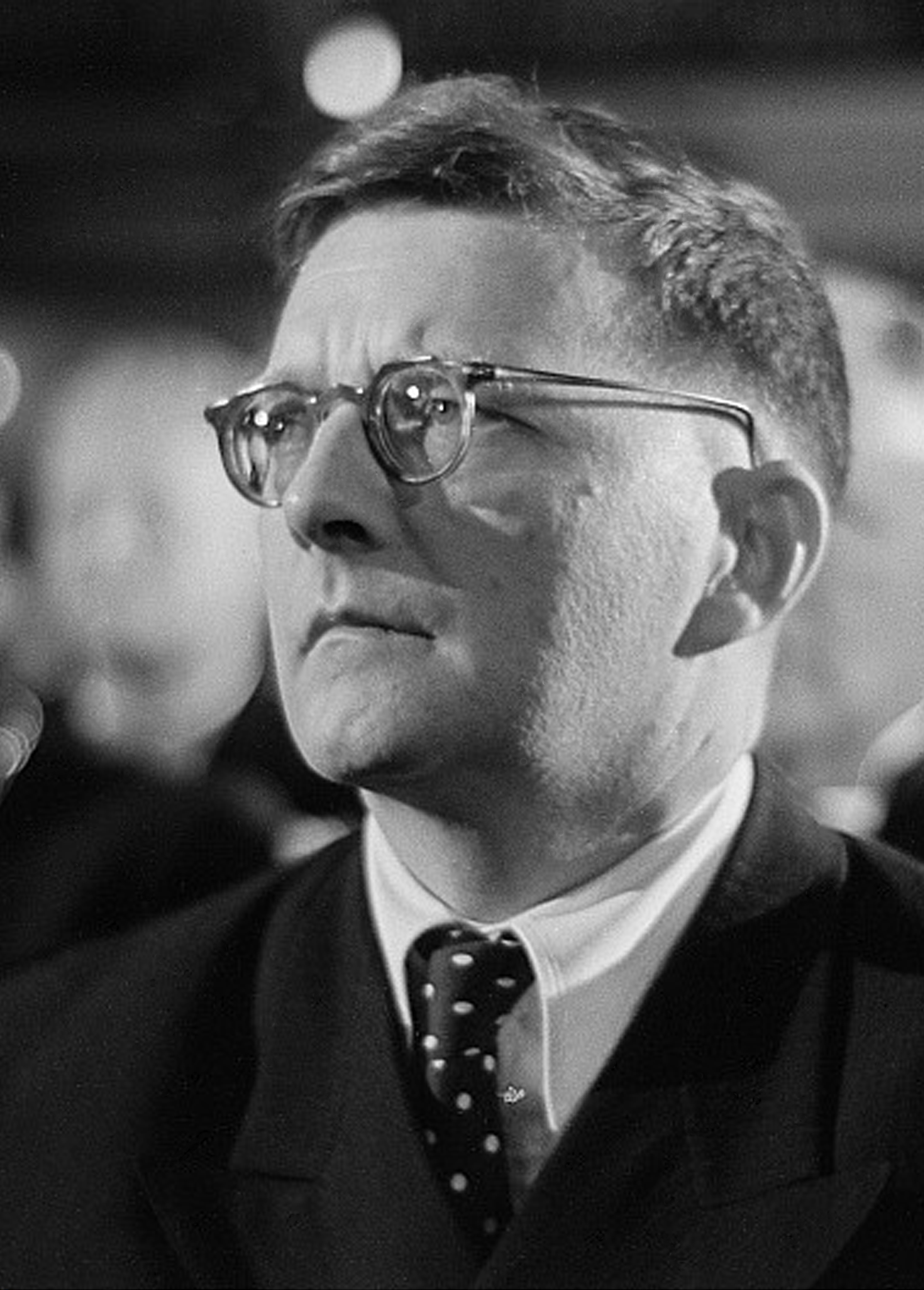On which day of the year should we be celebrating Weinberg's centenary in 2019?
That might seem like a straight-forward question, but the answer is complex. The date that Weinberg and his family celebrated his birthday was 8 December, and this is the date on most of the surviving documents relating to the composer.
His date of birth can be brought into question, however, since his original birth certificate was lost during the destruction of Warsaw in the Second World War. He went to great lengths to receive a replacement in the 1980s, which also officially corrected his name to 'Mieczysław' (it had been changed to 'Moisey' by a border guard in 1939, but that's a separate story). This later document also gives the date of birth as '8 December 1919'.
Recent research has thrown doubt on this, however. Prof. Danuta Gwizdalanka, respected Polish musicologist and biographer of Weinberg, went through the archives of the Warsaw Conservatoire, where Weinberg was a student in the years 1931-1939.
Located there, Gwizdalanka found two documents that bring Weinberg's date of birth into question: his conservatoire application, and a birth certificate, seemingly copied from the original. Both documents list his date of birth as '12 January 1919', a sizeable difference from the acknowledged date (both also use the original Polish spelling for his surname, 'Wajnberg').
 |
| Images taken from culture.pl website. |
The birth certificate states: '
This birth certificate has been transcribed into the Jewish Faith Metrical Books at the 7th police station of Warsaw on the 17th of January 1919 under no. 28'. The duplicate document was issued in May 1936.
The application for entry to the Conservatoire is dated November 1931.
Weinberg's second daughter has confirmed several times that Weinberg celebrated his birthday on 8 December. He was given a Polish medal for services to culture on his 75th birthday, and a small ceremony took place on 8 December 1994. What's more, the later Moscow birth certificate, dated 1981, also gives the 8 December date.
So why the discrepancy?
Aside from these two documents, all other evidence points to the 8 December date. The 12 January version can perhaps be explained when we examine the date that the application was submitted to the conservatoire. In November 1931, Weinberg would have been eleven years old, according to his acknowledged date of birth. The minimum age of entrants to the Warsaw Conservatoire was, however, twelve. The 12 January date conveniently raises Weinberg's age to be sufficient for entry.
If this is the case, Weinberg would hardly be unique in this respect (there are several other composers who misled about their age to gain conservatoire entry). The 1936 duplicate of the birth certificate is more difficult to account for, though it may have been a consequence of new laws on work permits for Jews in Warsaw 1936, which may have extended to continuing study at the conservatoire.
With that said, there is an outside chance that these two documents could be proof that we ought to be celebrating Weinberg's birth much earlier in the year. Or perhaps the discrepancy lends weight to the idea of celebrating his birth all year long (or, at the very least, between 12 January and 8 December)?
Or, perhaps, today should be the date for 'Happy Birthday, Weinberg'?
Further information (and images taken) from Danuta Gwizdalanka, 'Unknown Facts from Mieczysław Wajnberg's biography' - https://culture.pl/en/article/unknown-facts-from-mieczyslaw-wajnbergs-biography











